Environment Overview
The SGS Environment Program develops landscape-scale planning and mitigation projects. The primary goals of the Environment Program as part of SGS are to conduct well-designed environmental projects involving proposal preparation, budgeting, staffing, technical reporting, community engagement, and provision of technical expertise, and to focus on environmental stewardship activities that are aligned with St’át’imc knowledge, values, and priorities.
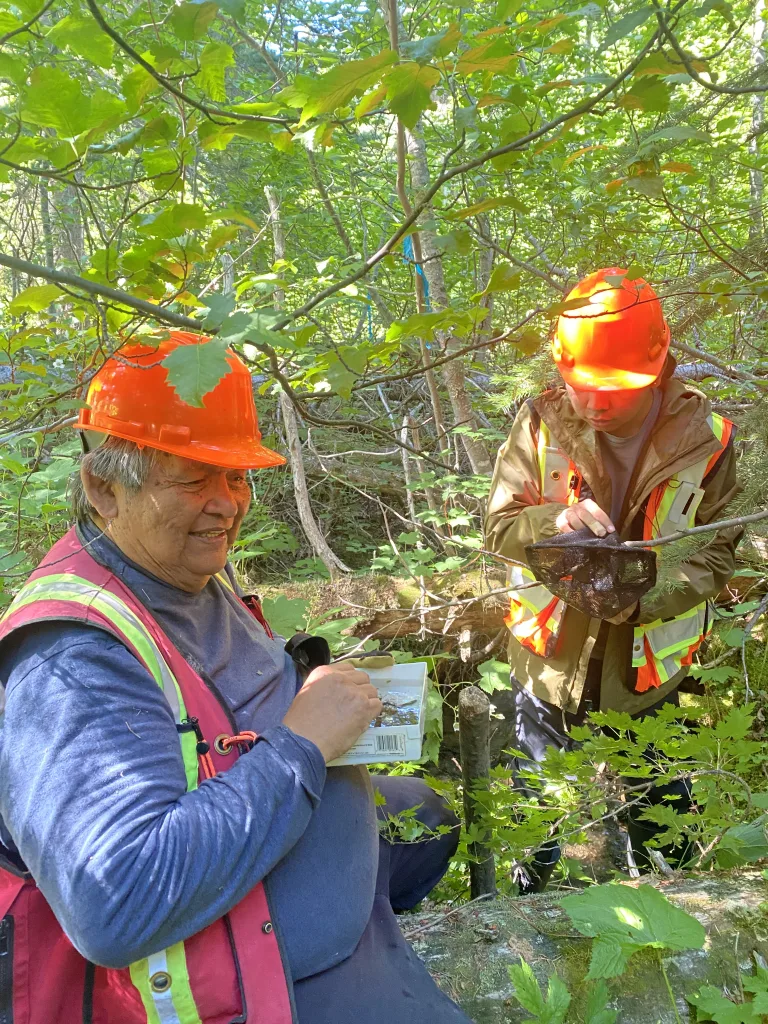
Since 2011, the SGS Environment Program has focused exclusively on wildlife, lands, and vegetation (medicinal plants) activities. Since 2021, the SGS Environment Program has reaffirmed its role to St’át’imc Nation and communities by broadening the focus to include fisheries, water quality monitoring, and information sharing of St’át’imc traditional knowledge.
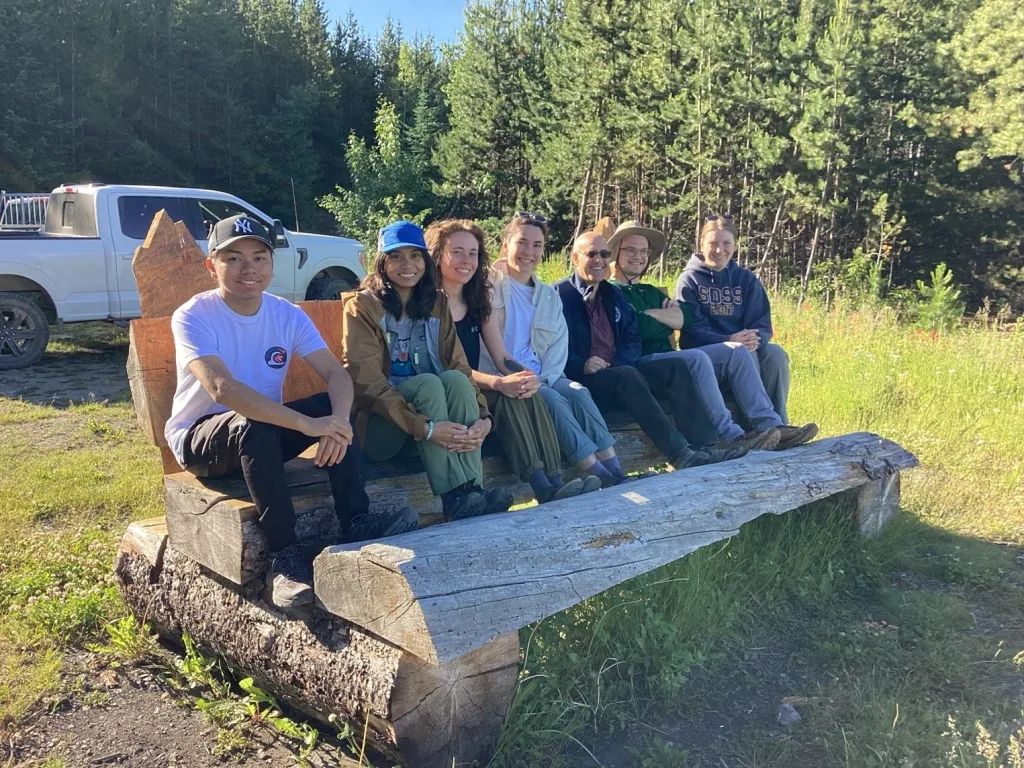
The objectives of the SGS Environment Program include:
- Initial scoping for the Bridge-Seton Watershed Strategic Plan
- Establishing community partnerships and participating in technical working groups with St’át’imc communities and the Province of B.C. to develop landscape level planning for environmental and wildlife rehabilitation
- Conducting biological monitoring and inventory projects
- Development of a fisheries management program including planning documents, purchasing water quality monitoring equipment, participating in the Portage Chinook Salmon Recovery Working Group, and the first year of the White Sturgeon and Salmon environmental DNA (eDNA) study
- Reviewing environmental management plans (EMPs), incident reports, and notifications submitted by BC Hydro and other proponents, while also ensuring the protection of St’át’imc environmental interests
- Spatial analysis of snowpack distribution and timing by remote sensing
- Reviving the terms of reference (TOR) and agreement for the mule deer health program with BC’s Provincial Wildlife Veterinarian, Dr. Caeley Thacker, and Wildlife Health Biologist, Cait Nelson
- On-going support for funding opportunities with the Seton and Gates Creek Spawning Channels
- Building staff capacity and development by hiring Summer Technicians – Youth Hires (via Canada Summer Jobs and BC Hydro Summer Hires Program), a Fisheries Assistant, and Environmental Technicians and,
- Promoting professional and career development via courses, training opportunities, and conferences.
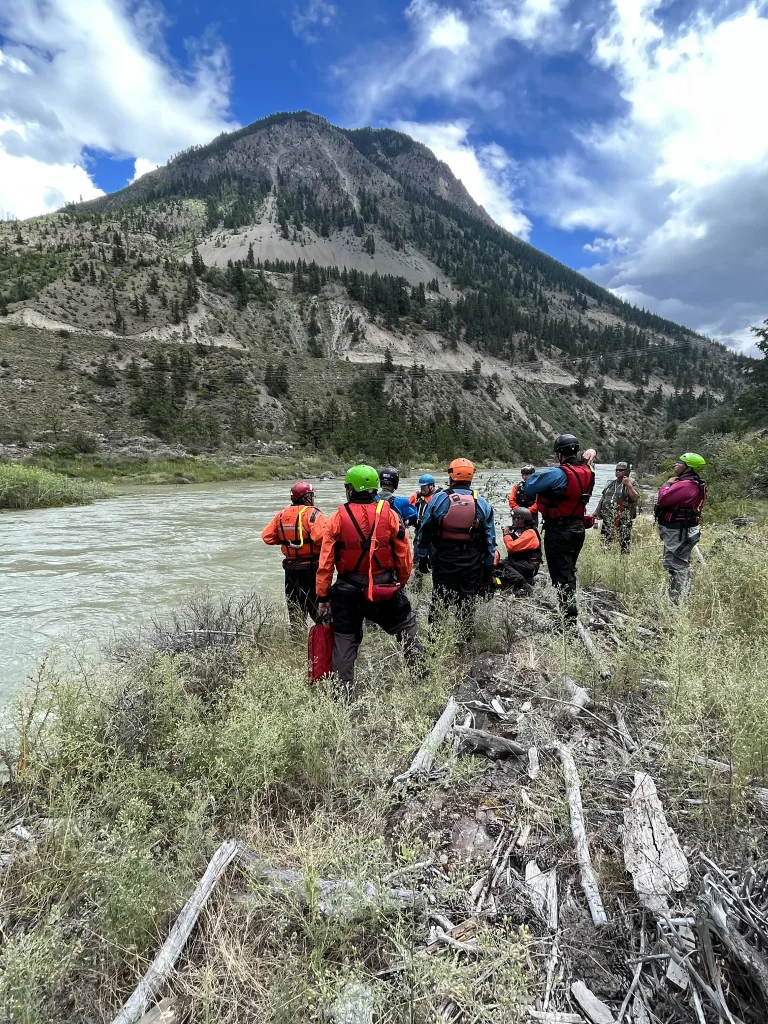
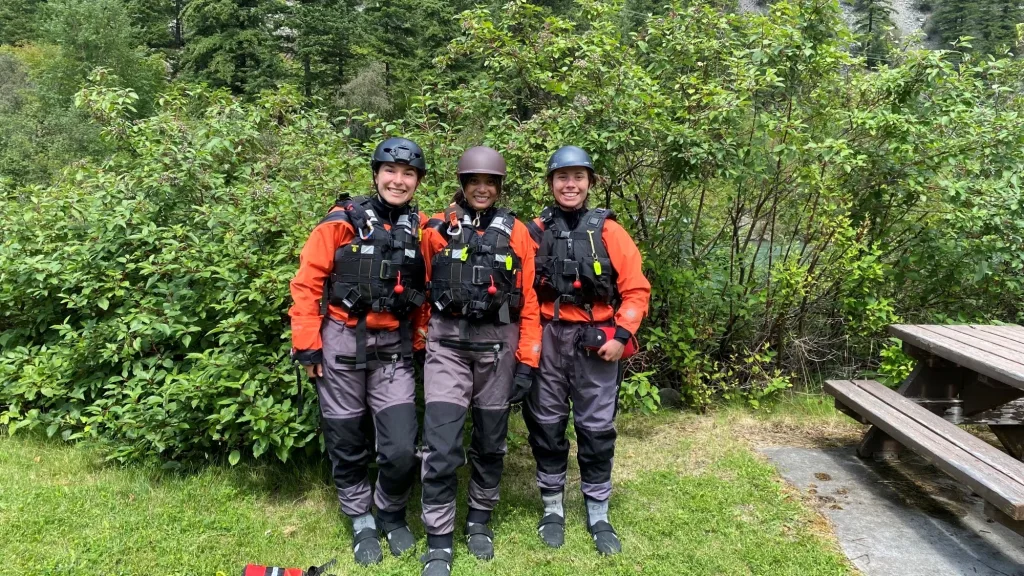
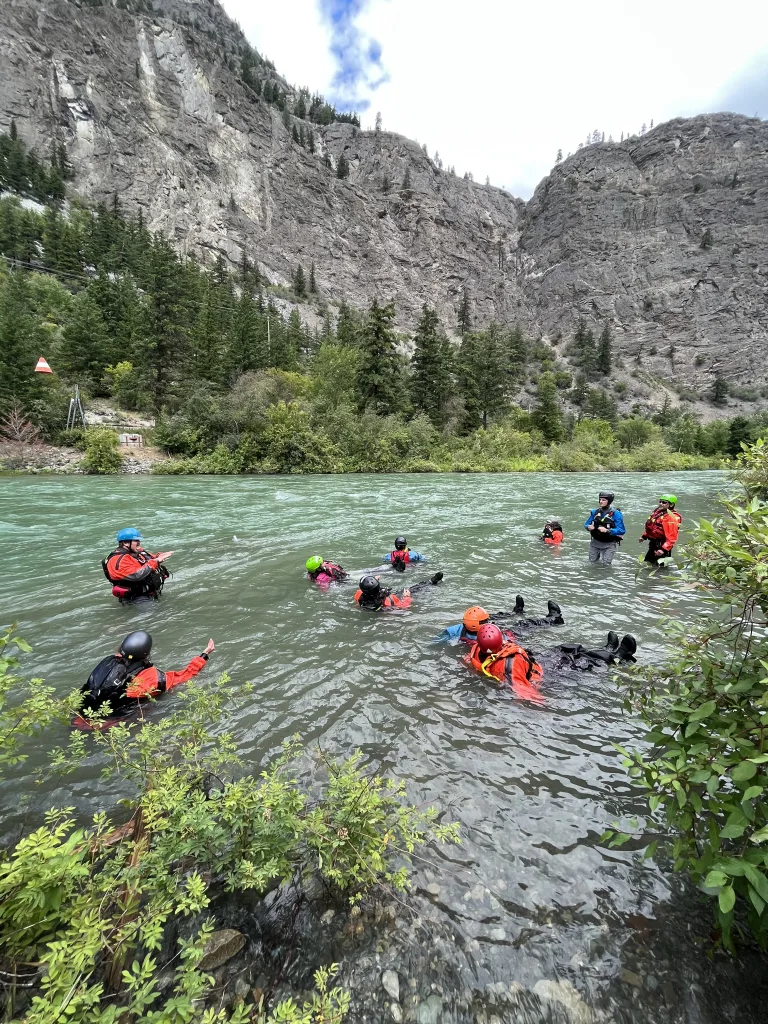

Visit our facebook page Visit our twitter page Visit our youtube page